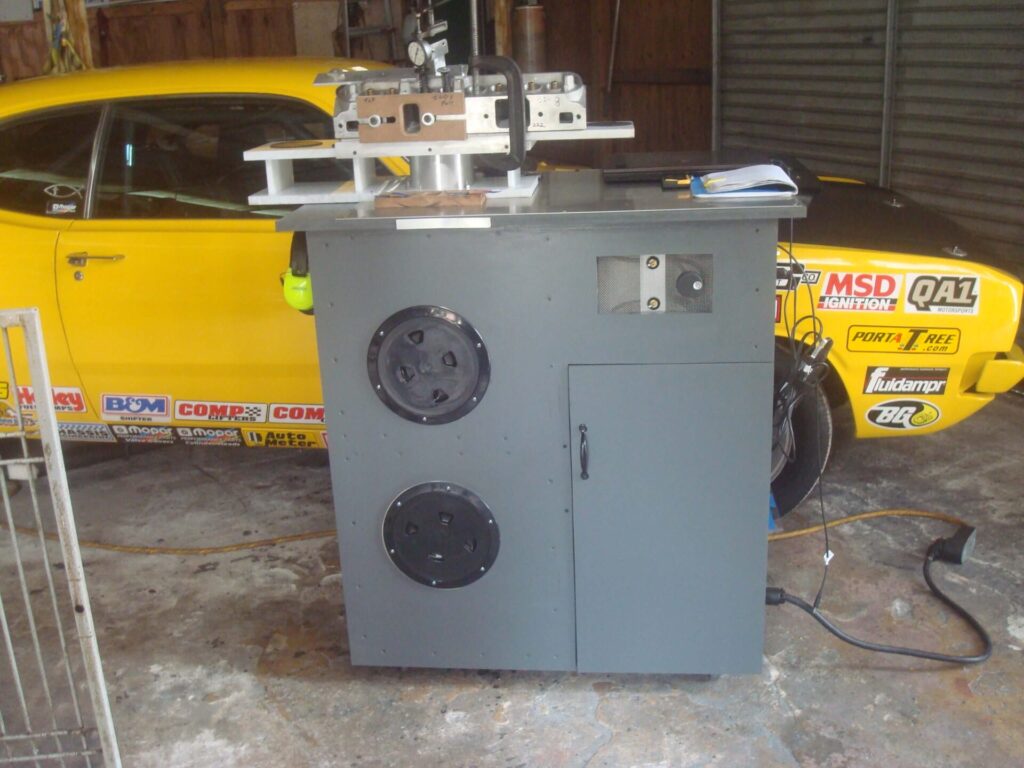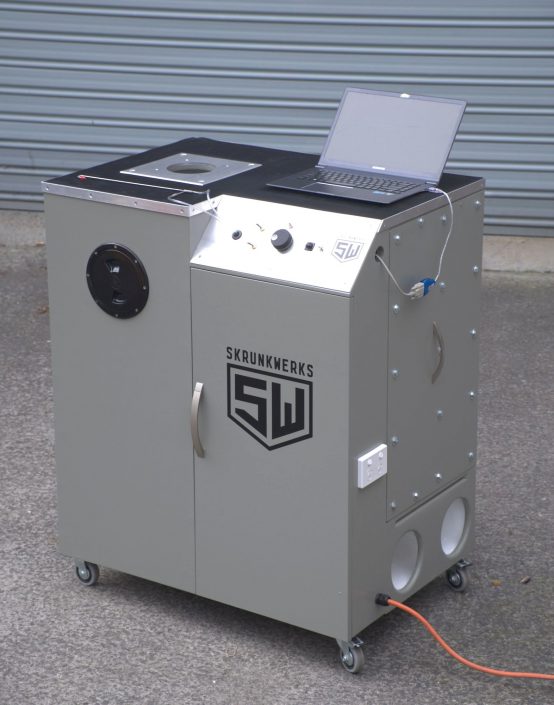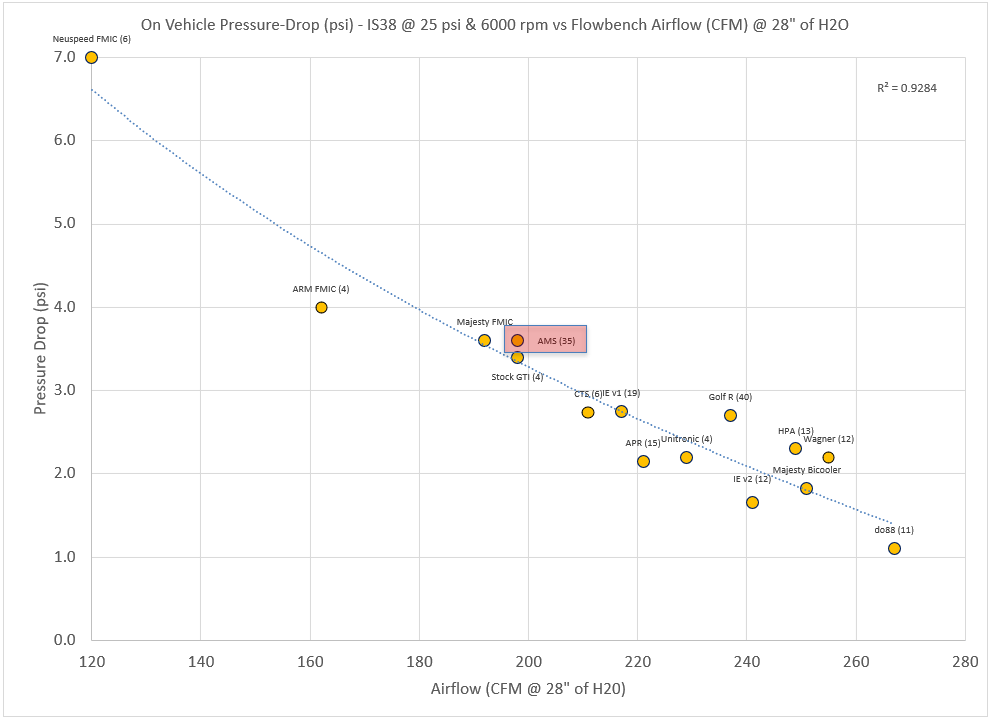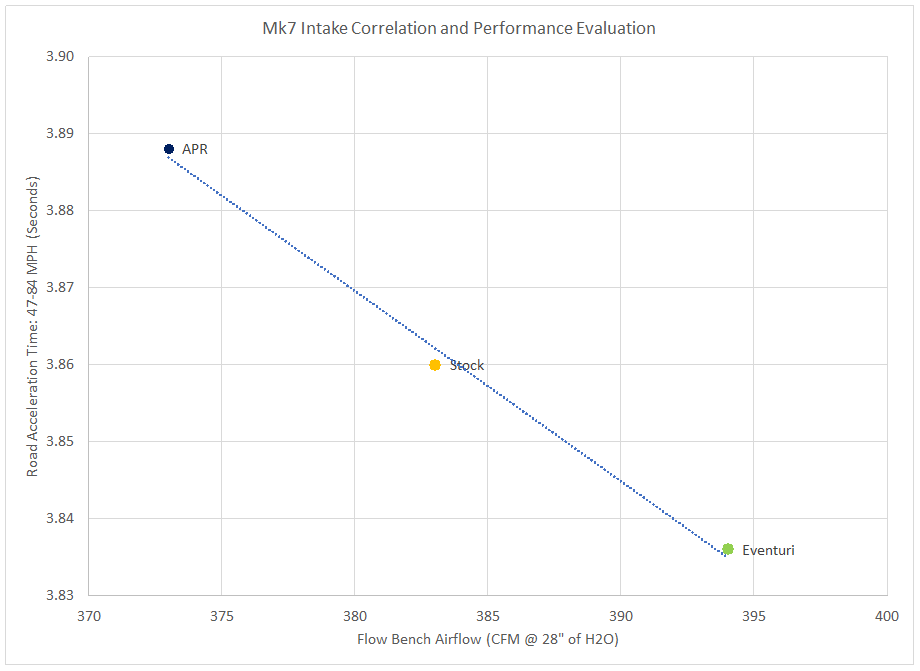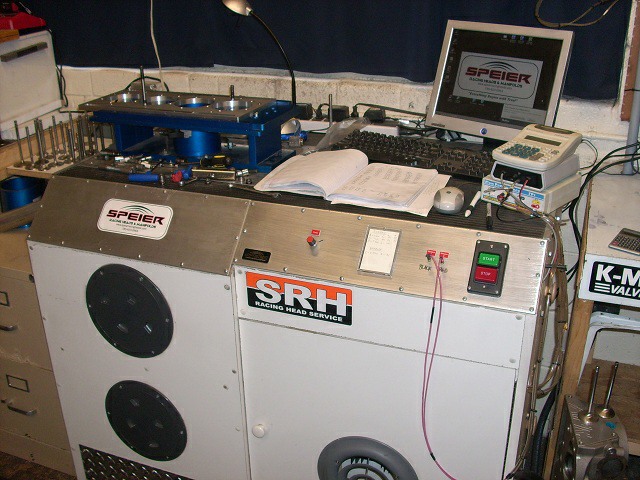Background:
The subject of flow test results and the flow bench that I use come up occasionally so this post will give some history of my use with the flow bench along with the bench capabilities.
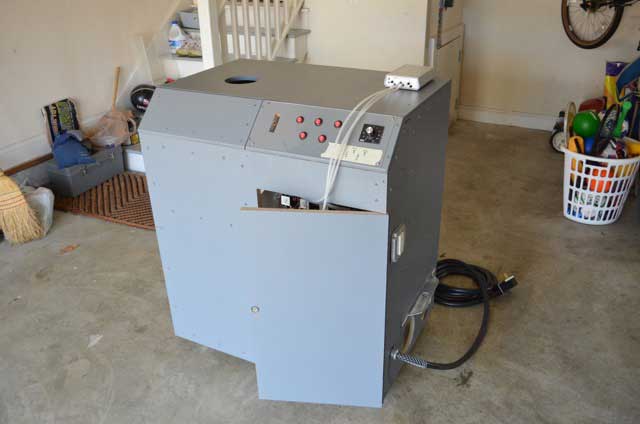
After spending several years researching modifications to my B5 S4 by taking measurements on the car I began to wish for an easier and more accurate option for measuring airflow, use of a flow bench was the answer.
Research:
SuperFlow is a manufacturer of commercial flow benches which I looked into, but with prices ranging from $15,000 to $30,000, I decided to look for less-costly options.
On the other end of the spectrum were DIY benches that used a Shop-Vac as the vacuum source. The low cost was appealing, but so was the capability of the benches.
Another DIY option is the PTS Flowbench. The design was a result of collaboration between members of a flow bench forum. The use of the bench design by a number of performance shops that participated in the forum was reassuring that the design was sound and capable of meeting the requirements of people whose business is modifying car parts.
PTS Design:
Some examples of other people’s/shop’s PTS flow benches are shown throughout the remainder of this post. All of the examples are based on the same design, with some having customizations.
With the goal of flow testing various automotive parts that would carry a high airflow, I elected to install the maximum number of motors the bench will fit, eight (8).
This number of motors enables the flow bench to operate at 28″ of water depression while flowing just over 600 cubic feet per minute of air.
Note: While the depression the bench is operated at is described using inches of water, no water is used in the flow bench.
For under three thousand dollars, and leveraging some knowledgeable help with the construction, I was able to build a bench that performs equivalent to the SuperFlow SF-750 flow bench.
Support Equipment:
The PTS Design bench uses an internal orifice plate, and I have additional orifice plates for checking the calibration of the bench.

A Digital Manometer is used to measure air pressure at three locations within the bench to determine the pressure drop across the part being tested.

The Digital Manometer has a range of up to 36″ of H2O, but a common standard depression is 28″ of H2O and this is what I mainly use for testing.
There is also a sensor port for measuring airflow velocity with a pitot probe.

Making an adapter to join parts to the flow bench was a challenge for the first few years that I was testing parts. Plexiglass and wood were the materials I had to work with and making adapters was laborious and imprecise.
The availability of lower-cost 3D printing tools transformed what was possible. I now use a Prusa i3 Mk3S printer to print adapters as well as prototype parts.

Freely available software applications such as Tinkercad and OnShape have made designing complex parts for printing simpler.
Powering the flow bench is not as simple as plugging it into a household outlet. At each home where I’ve used the flow bench I’ve needed to have an electrician install an additional outlet and modify the house circuit breaker panel to support a 240-volt 40 amp outlet.
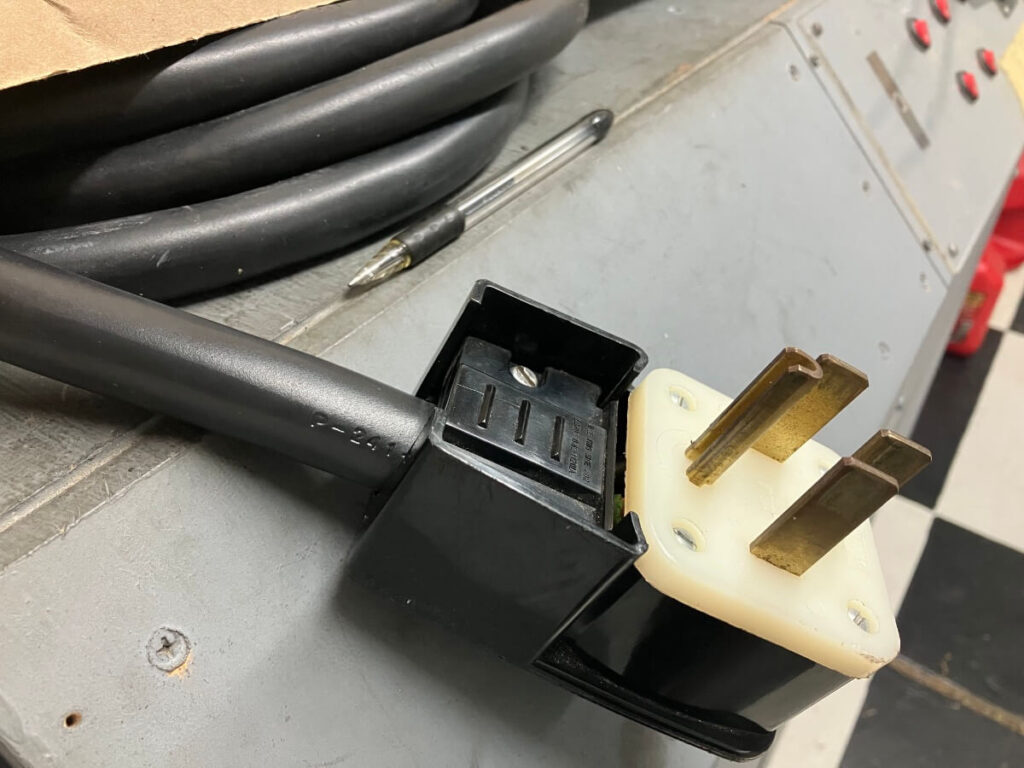
Results:
The flow bench has proven to be a great time saver as well as being much more reliable at measuring airflow through components. The signal-to-noise ratio, or the “difference to detect” and “system noise”, is much more favorable using the bench compared with recording indirect measurements on the GTI.
A strong correlation between the flow bench measurements and those using the vehicle has been demonstrated in comparing intercooler pressure drop and intake pressure drop with measures recorded using the GTI:
Note: Similar to a dynamometer, the best use of the flow bench is for detecting changes. This aids in ranking relative performance. The magnitude of a measurement is not particularly useful unless it is compared with another measurement.
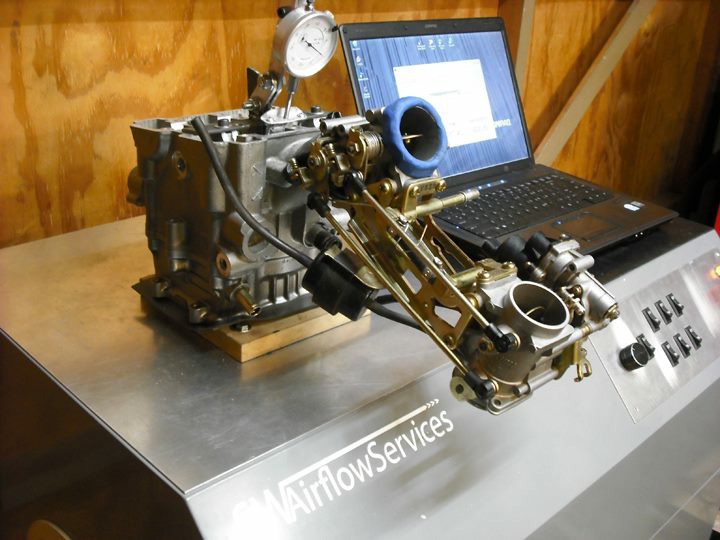
The PTS flow bench has been very useful for comparing airflow-carrying parts under well-controlled conditions with the ability to detect small changes in performance.
References:
For questions about the PTS Design flow bench, I recommend checking out the:
Some books I’ve found helpful on the subject of using flow benches for modifying automotive parts:

- David Vizard – How to port and flow test cylinder heads
- Burgess & Gollan – How to build, modify & power tune cylinder heads
- Harold Bettes – Engine Airflow



